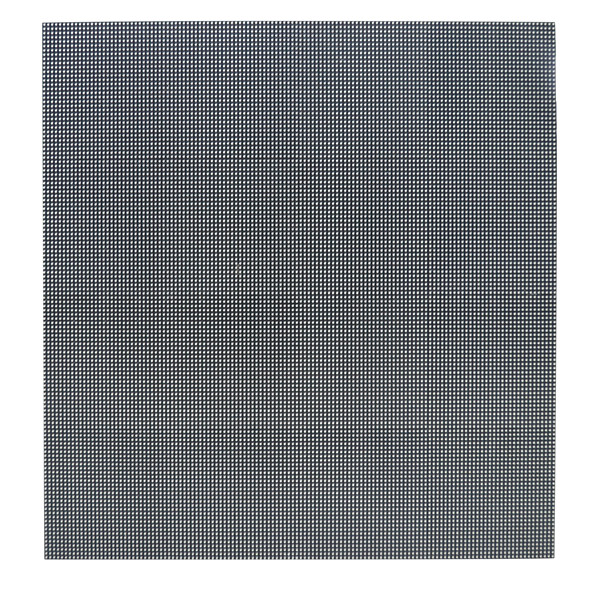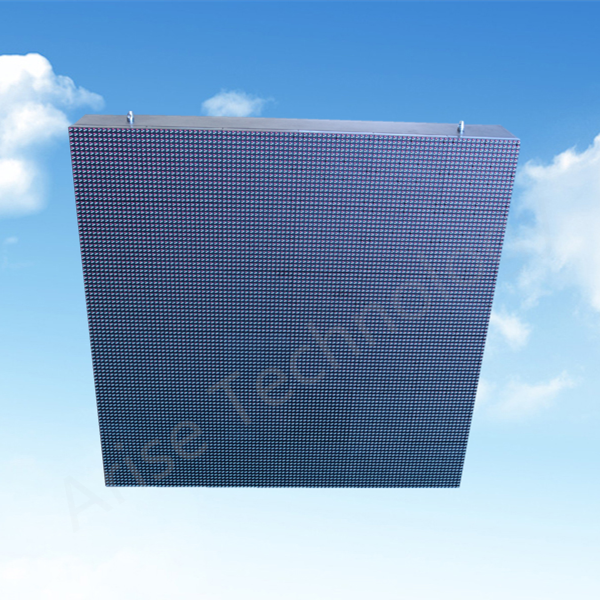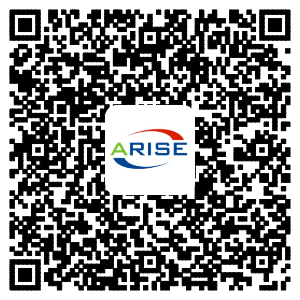News
Contact us
- Address:
N.O. 53 Nanhuan Road, GongMing, Shenzhen, GuangDong Province, China (Post code 518107). - Zipcode:518109
- Email:info@ariseled.com
- Mobile:+86 136 2020 9526
- Web:http://www.ariseled.com
Brief Introduction of LED Display
This article is from Wikipedia, the free encyclopedia, about Light-emitting diode (LED) based displays.
An LED display is a flat panel display, which uses an array of light-emitting diodes as a video display. An LED panel is a small display, or a component of a larger display. They are typically used outdoors in store signs and billboards, and in recent years have also become commonly used in destination signs on public transport vehicles or even as part of transparent glass area. LED panels are sometimes used as form of lighting, for the purpose of general illumination, task lighting, or even stage lighting rather than display.
Most indoor screens on the market are built using SMD technology—a trend that is now extending to the outdoor market. An SMD pixel consists of red, green, and blue diodes mounted in a single package, which is then mounted on the driver PC board. The individual diodes are smaller than a pinhead and are set very close together. The difference is that the maximum viewing distance is reduced by 25% from the discrete diode screen with the same resolution.

(Indoor LED Display applying SMD)
For outdoor use, at least 2,000 cd/m² is required for most situations, whereas higher-brightness types of up to 5,000 cd/m² cope even better with direct sunlight on the screen. (The brightness of LED panels can be reduced from the designed maximum, if required.) To clarify, in order for an outdoor LED sign to be visible, it must generate a minimum of 5,000 nits being that the sun emits approximately 4,000 nits. A nit is a measurement of light emitted from a device.

(Outdoor LED display applying DIP. Note: Now more and more outdoor LED dispays apply SMD for better viewing agle)








